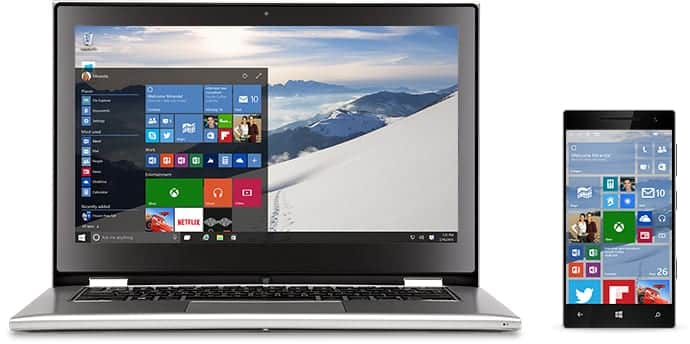A Maximum Power Point Tracking (MPPT) solar charge controller is a device that regulates the varying DC voltage (often well over the limit of batteries) supplied by a solar panel down to the voltages needed (12 or 24 volts) to charge batteries safely. This isn’t quite what sets MPPTs apart from other controllers, though.
MPPTs differ from conventional PWM solar charge controllers in that they utilize the far more advanced approach of intelligently tracking a solar system’s maximum power point and then efficiently converting it to the right voltage for your battery. This approach is designed to wring the maximum amount of energy out of your solar panels.
PWM controllers repeatedly switch the current from the panel on and off as needed to regulate the amount of current flowing to the battery. These can’t wring as much current out of a solar panel as an MPPT can.
Some solar MPPT charge controller reference designs and guides:
ON Semiconductor: Design Note – DN06054/D – Reference Design for Solar Power MPPT Controller
Worcester Polytechnic Institute: AN MPPT CHARGE CONTROLLER FOR SOLAR POWERED PORTABLE DEVICES
Texas Instruments: TIDA-010042. MPPT charge controller reference design for 12- and 24-Volt solar panels.




